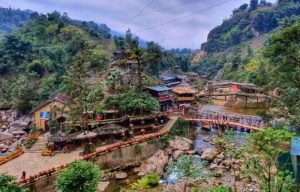Explore the mesmerizing One Pillar Pagoda of Hanoi, Vietnam. View more information about the History, Architecture, Entrance Fee, Visiting Hours, and How to get there.
The Long-standing One Pillar Pagoda’s History
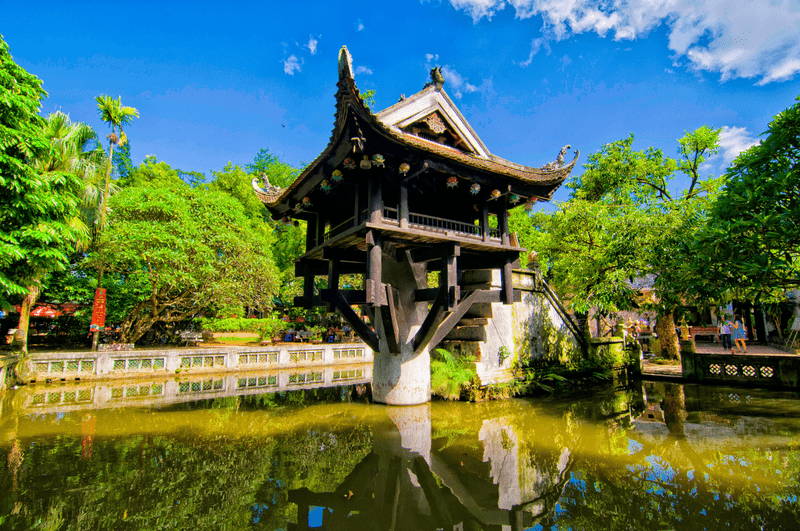
This one pillar pagoda forms one of the most seductive images of Hanoi and, by far, that of Vietnam. History and legend surround this extraordinary structure built on a single stone pillar.
History says that the Hanoi one pillar pagoda was built in 1049 AD by Emperor Ly Thai Tong. He built this pagoda after his inspiration from the dream in which the Goddess of Mercy offers a son. The pagoda design is like a lotus flower rising in the middle of the water pond, and it bears deep spiritual meaning.
For many centuries, the one pillar pagoda Vietnam has undergone many upheavals, including its destruction during the French colonial period. Its resilience is what is seen to be, for as rebuilt in 1954, it still retained its status. Today, it still serves as a revered pilgrimage site among Buddhists and as a must-see attraction among tourists who want to experience more of Vietnam’s diverse culture.
The Unique Architecture of One Pillar Pagoda in Hanoi
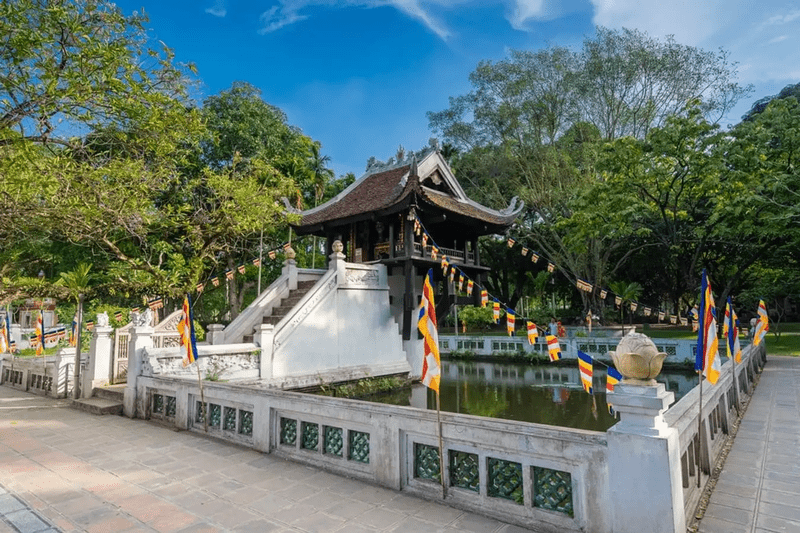
Here is one of the most incredible pieces of architecture – the One Pillar Pagoda in Hanoi. The unique design sets it way far apart from other religious structures in Vietnam. It is just a wooden building gracing a single, strong stone pillar. Hence, this arrangement infuses otherworldly beauty and tranquility with the water.
This lotus-shaped design of the pagoda forms an important bud – the lotus bud symbolizes purity and enlightenment in Buddhism. This minute architectural detail lends spirituality to the atmosphere surrounding this one pillar pagoda. Visitors are always enchanted with delicate wood engravings and other minute details reflective of ancient finesse left behind by Vietnamese craftsmen.
How Much is The One Pillar Pagoda’s Entrance Fee?
The admission fee to visit the one pillar pagoda Vietnam is very cheap. For Vietnamese, it is free, while foreign visitors pay a small fee of 25,000 VND. With this amount, one can be fully involved in the rich history and the serenity of this pagoda without one having to break the bank.
Time to Visit One Pillar Pagoda
This mot cot pagoda (one-pillar pagoda) is open year-round, visitors are able to enter from 7 a.m to 6 p.m. The choice however depends on the season of your visit – spring or autumn in case you feel the weather to be most hospitable and the crowds at their thinnest, or Vietnamese holidays, when you can truly experience a bountiful view if you want to be in the midst of some local festive activities.
Note that it often gets crowded inside the pagoda, more so during peak seasons of tourism. Lily’s Travel advises you to get up early (7 a.m) or come through late in the afternoon (4:30 p.m to 6 p.m) to avoid crowds.
How to Get to One Pillar Pagoda in Hanoi?
This One Pillar Pagoda in Vietnam is located in the center of Hanoi, hence very accessible to visitors. Precisely, here are the modes of transportation one can take to this pagoda:
- Walking: If you’re booked in the Old Quarter or areas next to it, it’s definitely a leisurely walk to the pagoda. It’s about a 20-minute walk.
- Bicycle: Most visitors rent bicycles to explore Hanoi. This will help you get around these narrow streets and find your way to all the hidden spots within this city. You can rent bike shops all over the city.TNGo Bike Sharing offers a convenient and affordable way to explore Hanoi on two wheels. You could unlock the service by the QR code and use the bike for 30 minutes for only 5,000 VND at the starting point. For more details, please explore their official sites.

- Taxi or Grab: If you want a hassle-free quick journey, take a taxi or Grab Car. This will suit those going with luggage or wanting door-to-door service.
- Public Transportation: Hanoi has a very good public bus system, and several of these bus routes drive by the pagoda. While it may be somewhat time-consuming compared with other alternatives, it definitely is inexpensive. You can find the bus routes and schedules online or just ask your hotel staff for assistance.
Read more: Ho Chi Minh Mausoleum: A Revered Tribute to Vietnam’s Father
What Are Must-visit Tourist Attractions Near the Pagoda?
Other important historical and cultural landmarks are located in the nearby area of the Vietnam One Pillar Pagoda, which makes it a good starting point for touring around Hanoi. Some of these places of importance that must be visited include:
- Ho Chi Minh Complex: This large complex is a must-visit for lovers of history. A visit will be made to the Ho Chi Minh Mausoleum, where their beloved leader is preserved, his humble stilt house, the Presidential Palace, and the One Pillar Pagoda, all of which are in the complex area.
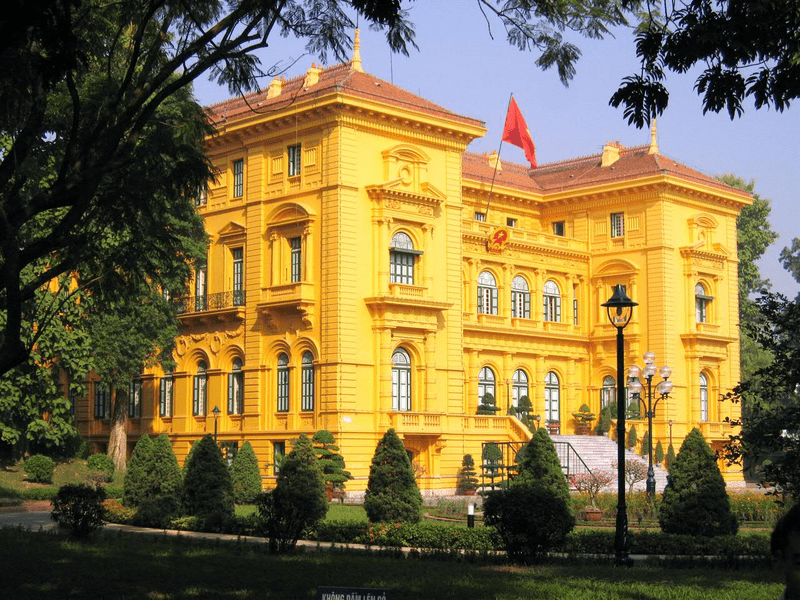
- Ba Dinh Square: Sense the power of the symbolic square, which has been chosen as the venue for many national-scale events and holidays. It is the best place to get a feel of the local atmosphere and for people-watching.
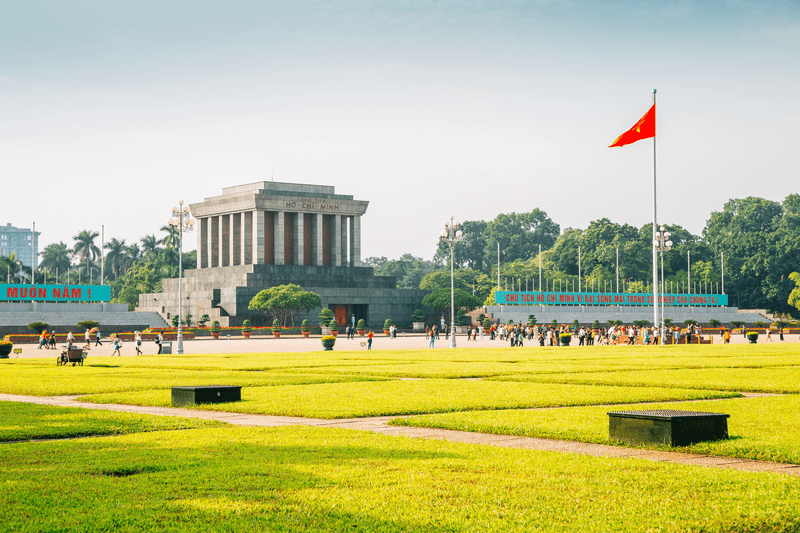
- Hanoi Old Quarter: Explore the dynamism of the Old Quarter, with its web of narrow streets and lanes full of shops, restaurants, and historical buildings. Visit busy markets, eat great food, and enjoy real Hanoi.
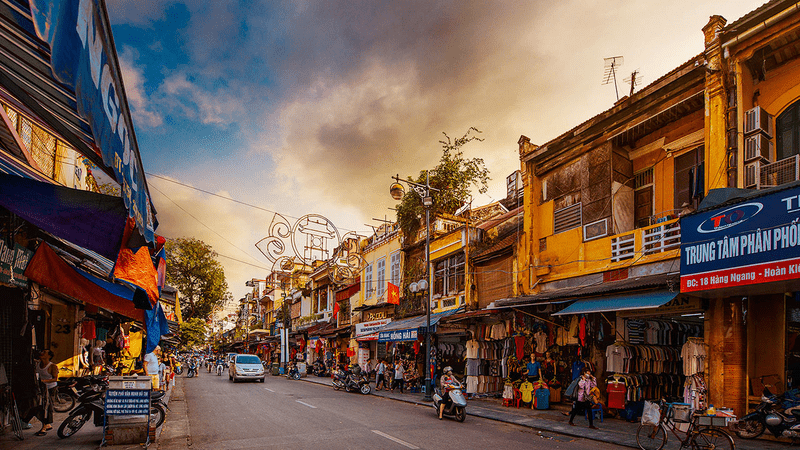
- Temple of Literature: This ancient Confucian temple is one of the most respected and venerable landmarks of Hanoi. Admire the graceful architecture; take a soft walk in the courtyards and learn about Vietnam’s educational history.
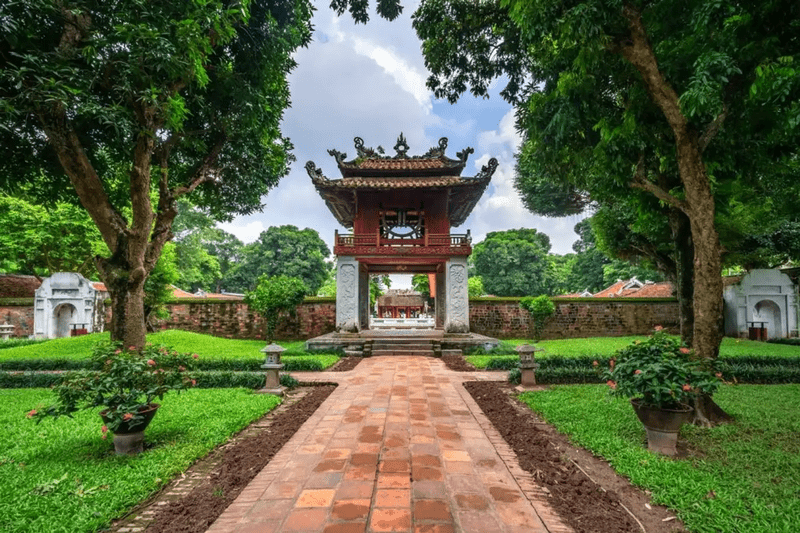
- West Lake: Just a couple of hours outside the bustle of city life lies West Lake. Take an easy boat ride or spend some time in expansive parks located nearby, or simply relax by sitting at the water’s edge.

- National Museum of History: It gives visitors an insight into Vietnam’s historical past through numerous artifacts and exhibits. A visitor can get an insight into ancient civilization, the colonial period, and the modern period of this country.
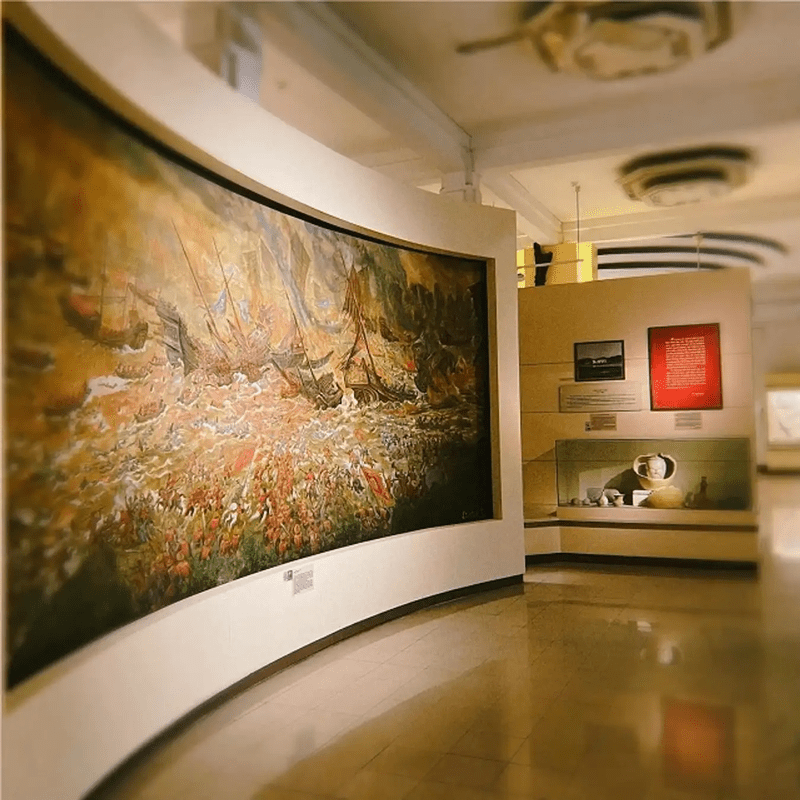
The One Pillar Pagoda allows visitors to get an exciting view of both Hanoi’s history and spiritual life. All its architectural forms and the legend itself seem to be truly attractive. Meanwhile, excluding the pagoda, there are a sufficient number of other sights in Hanoi, reaching from historic landmarks to colorful markets. With so much history and culture to soak in, or, more simply, atmosphere, Hanoi will never leave one unmoved.
Read more: Ho Chi Minh Museum Hanoi: A Must-Visit for History Buffs










